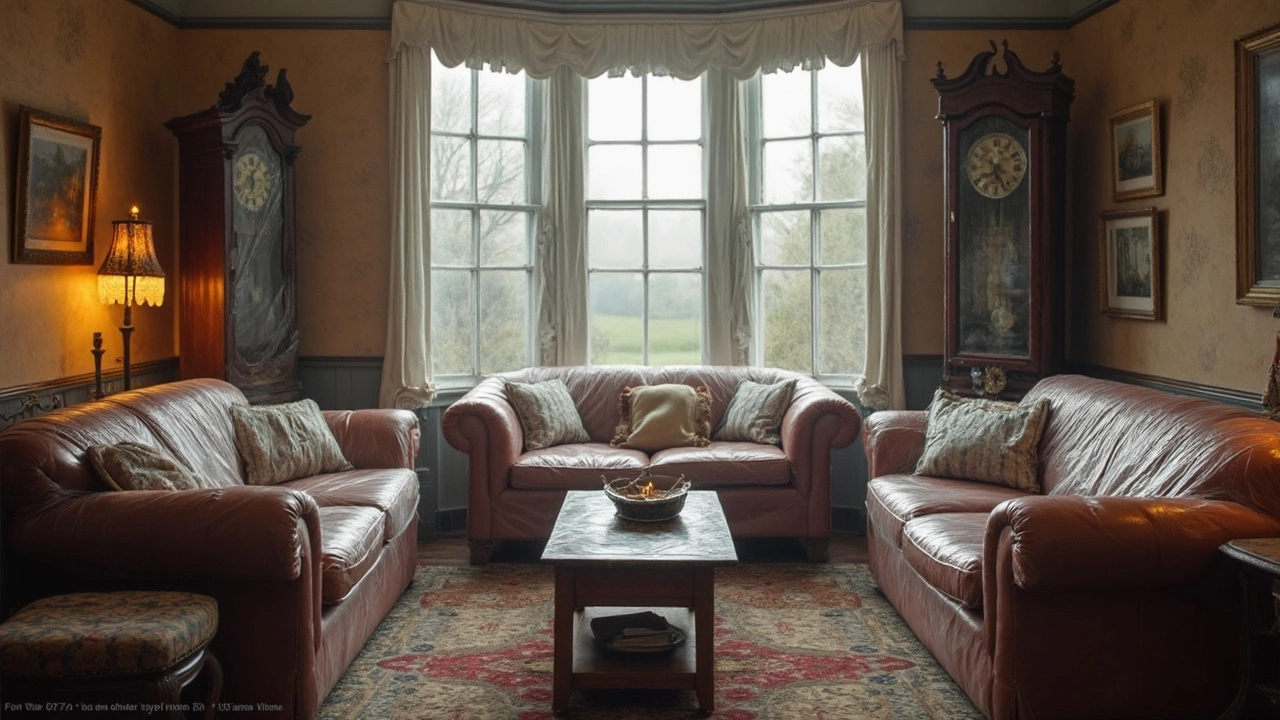When it comes to storing or moving furniture, shrink wrapping might just be the game-changer you need. This method promises to keep your items safe from dust, moisture, and even pests. But, is it really worth the effort and cost? Discover the pros and cons, and learn how this technique might just be the key to preserving your furniture's beauty and longevity.
Shrink Wrapping Made Simple: Protect Your Stuff Without Breaking the Bank
Ever wondered why movers toss plastic film over furniture or why pallets look glossy? That’s shrink wrapping – a thin plastic that tightens when heated, sealing items from dust, moisture, and rough handling. It’s cheap, fast, and works on almost anything, from furniture to pallets, cables, and even garden tools.
When to Choose Shrink Wrap
If you need a quick shield for a move, a short‑term storage solution, or a tighter package for shipping, shrink wrap is a solid pick. It’s especially handy when you’re moving bulky items like sofas, tables, or appliances. The film grabs every curve, keeping scratches and spills at bay. It also helps keep pallets tidy on a warehouse floor, reducing the chance of items slipping off.
Step‑by‑Step DIY Shrink Wrapping
1. **Gather your tools** – you’ll need shrink‑wrap film, a hand‑held heat gun or a portable shrink‑wrap machine, and safety gloves. 2. **Wrap the item** – lay the film over the product, pull the edges tight, and overlap a little for extra strength. 3. **Apply heat** – move the heat gun slowly across the film. It will shrink down, hugging the shape evenly. 4. **Trim excess** – once the film is snug, cut any hanging bits with scissors or a utility knife.
Safety tip: never point the heat gun at yourself or combustible materials. A quick “whoosh” motion prevents overheating any one spot and gives a smooth finish.
For larger jobs, a shrink‑wrap machine that feeds the film automatically can speed things up. These machines are common in warehouses and can handle whole pallets in minutes. If you’re only wrapping a few items, the hand‑held gun does the trick and costs far less.
Choosing the right film matters. Look for **PVC** or **polyolefin** film – PVC is cheaper but emits a strong smell when heated, while polyolefin is odor‑less and more environmentally friendly. Thickness is measured in mils; 2‑3 mils work for light items, while 4‑6 mils are better for heavy or outdoor use.
Once you’ve wrapped, store the wrapped items in a dry place. The seal will keep out moisture, but if you leave it in direct sunlight for months, the film can become brittle.
In short, shrink wrapping is a versatile, low‑cost method to protect, secure, and present almost any object. With a bit of practice, you’ll be able to wrap furniture, pallets, or garden gear in minutes – saving time, money, and the hassle of dents or stains.
